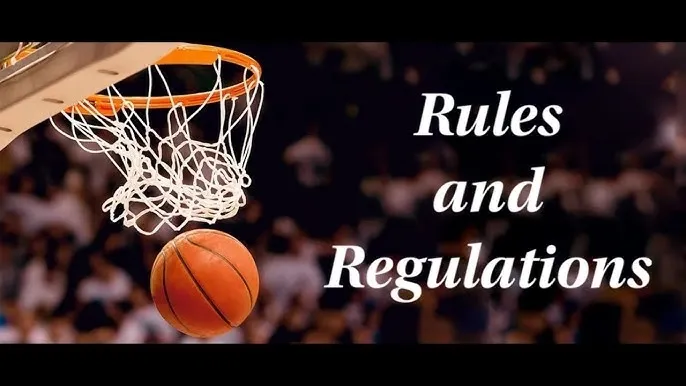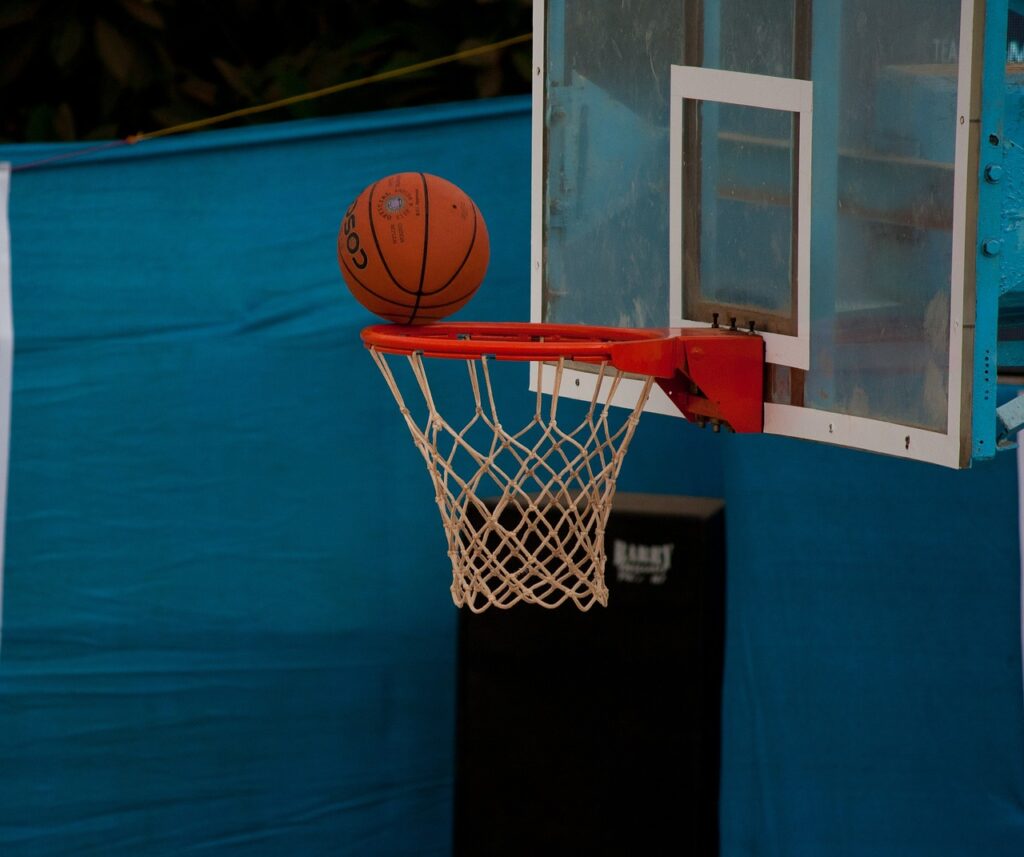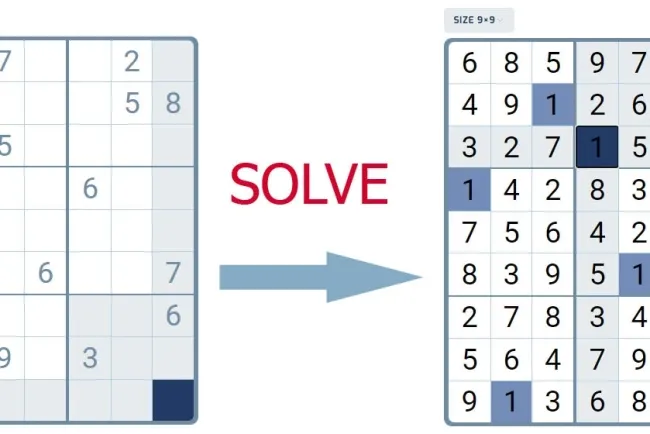Basketball Rules: A Comprehensive Guide...!!!
Basketball's rules are designed to ensure fair play, safety, and an exciting experience for players and spectators alike. Understanding these rules is essential for both participants and fans to fully appreciate the skill and strategy involved in the game.

Basketball is a fast-paced and popular sport enjoyed worldwide, celebrated for its thrilling action and teamwork. To maintain fair play and uphold the integrity of the game, basketball follows a specific set of rules and regulations.
1. The Court and Equipment
Court Dimensions:
-
A standard basketball court measures 94 feet in length and 50 feet in width. The court is divided into two main sections by the midcourt line.
-
Key areas on the court include the three-point line, free-throw line, and the paint (or key).
Hoops:
-
Each basketball hoop consists of a rim, net, and backboard. The rim is 18 inches in diameter and is mounted 10 feet above the court. Each team has a hoop on either end of the court.
Ball:
-
A regulation basketball is made of leather or composite material, with a circumference of 29.5 inches (for men's basketball) and 28.5 inches (for women's basketball).
2. Teams and Players
Team Composition:
-
Each team has five players on the court at any given time. Positions include point guard, shooting guard, small forward, power forward, and center.
-
Teams can have up to seven substitutes on the bench.
3. Scoring and Winning
Points:
-
Field goals made from outside the three-point line are worth three points.
-
Field goals made from inside the three-point line are worth two points.
-
Free throws are worth one point each.
Winning the Game:
-
The team with the most points at the end of regulation time wins the game. If the score is tied, the game goes into overtime periods until a winner is determined.
4. Gameplay and Actions
Start of the Game:
-
The game begins with a jump ball at center court. The referee throws the ball into the air, and one player from each team attempts to tip it to a teammate.
Dribbling:
-
Players must dribble the ball (bounce it) while moving. If a player stops dribbling, they must pass or shoot the ball.
Passing:
-
Players pass the ball to teammates to advance it down the court and create scoring opportunities. Common types of passes include chest passes, bounce passes, and overhead passes.
Shooting:
-
Players aim to score by shooting the ball into the opponent's hoop. Shots can be taken from various distances and angles.
Defense:
-
The defending team tries to prevent the offensive team from scoring by blocking shots, stealing the ball, and contesting passes.

5. Violations and Fouls
Common Violations:
-
Traveling: Moving with the ball without dribbling properly, resulting in a turnover.
-
Double Dribble: Dribbling the ball with both hands simultaneously or starting to dribble after stopping, resulting in a turnover.
-
Carrying: Holding the ball excessively while dribbling, resulting in a turnover.
-
Three-Second Violation: An offensive player staying in the paint (key) for more than three seconds, resulting in a turnover.
Personal Fouls:
-
Personal fouls occur when a player makes illegal physical contact with an opponent, such as reaching in, hitting, or holding.
-
Players are allowed a limited number of personal fouls before being disqualified from the game (usually five or six, depending on the league).
Technical Fouls:
-
Technical fouls are called for unsportsmanlike conduct, such as arguing with referees, using inappropriate language, or delaying the game.
-
Technical fouls result in free throws for the opposing team and possession of the ball.
6. Free Throws and Penalties
Free Throws:
-
Free throws are awarded to players who are fouled while shooting. The number of free throws depends on where the foul occurred and the type of foul.
-
Players shoot free throws from the free-throw line, 15 feet from the basket.
Penalty Situations:
-
Teams enter the bonus situation after a certain number of team fouls in a half. In the bonus, fouled players shoot free throws regardless of the type of foul.
-
In some leagues, the bonus begins after the opposing team commits five team fouls in a quarter.
7. Game Timing
Periods:
-
Basketball games are divided into periods. The most common format is four quarters, each lasting 12 minutes (NBA) or 10 minutes (FIBA). College basketball in the U.S. typically has two 20-minute halves.
Timeouts:
-
Teams can call timeouts to discuss strategy or rest players. The number of timeouts allowed varies by league.
Basketball's rules are designed to ensure fair play, safety, and an exciting experience for players and spectators alike. Understanding these rules is essential for both participants and fans to fully appreciate the skill and strategy involved in the game. Whether playing recreationally or competitively, adhering to the rules of basketball enhances the sport's enjoyment and integrity.
What's Your Reaction?

















